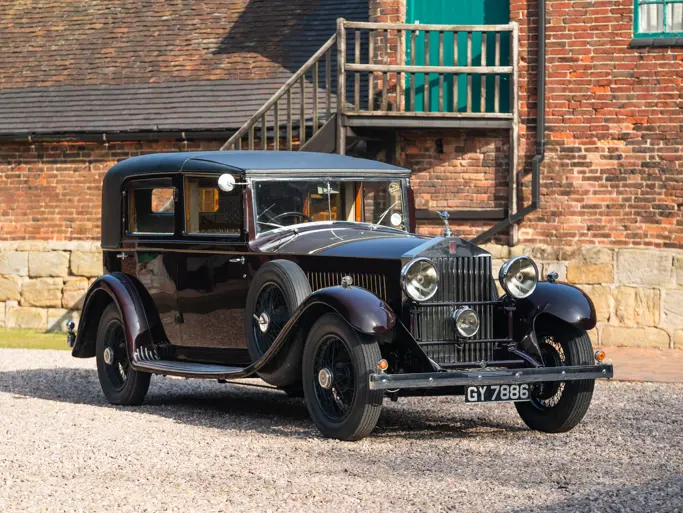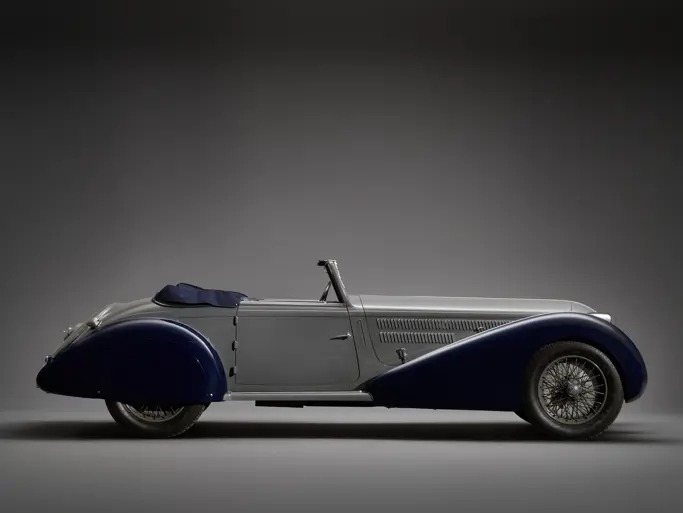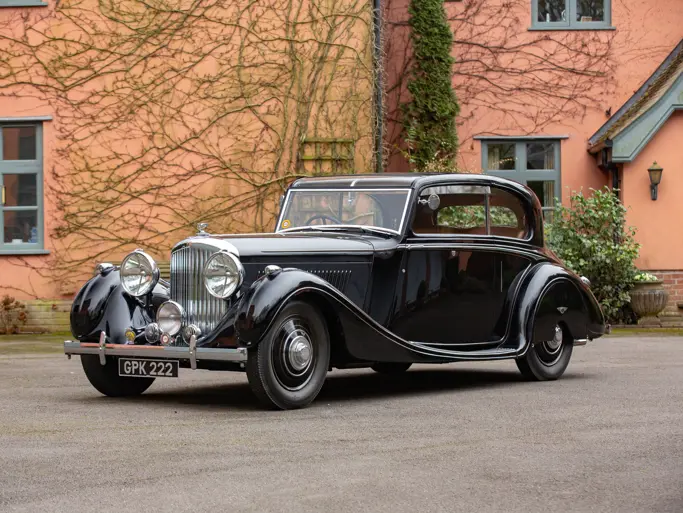Please Note: Information regarding these museum display vehicles was provided by the National Military History Center and has not been independently verified by Auctions America by RM ("AA"). As such, AA does not verify, warrant or guarantee any of this information. Prior inspection and research by the buyer is highly encouraged and recommended.
ATTENTION: Buyers are responsible for securing transportation and moving/loading of lots. Lot may be left on display indefinitely in the museum free of charge with a signed loan agreement form. Lots are sold as is, where is.
Please note this is being sold on "Bill of Sale" only.
Manufacturer: Auto-Union AG, Werke DKW, Zschopau, Germany
Production Year: 1942
Engine: DKW two-stroke, 498-cc, 16-hp, two-cylinder, air-cooled, gasoline/oil mixture
Transmission: Four-speed, foot/hand-change gearbox
Brakes: Mechanical
Length: 85-inches
Width: 34-inches
Height: 37-inches
Wheelbase: 55-inches
Weight: 410-pounds
Armor: None
Armament: None
Maximum speed: Approximately 65-mph
Crew: Up to two
Markings: German Army grey paint
The DKW 500 was used by the German Army in World War II in both militarized versions and, as displayed, purchased civilian versions. DKW became famous for producing successful racing motorcycles during the 1930s. The DKW 500 was much less common than the 125-cc, 250-cc and 350-cc models, particularly the 125-cc and 350-cc models which were produced in large numbers until the end of the war. The DKW was the only 500-cc two-stroke motorcycle used by the German Wehrmacht (military) in World War II. The engine unit was a parallel-twin with 64-mm x 76-mm dimensions for its slightly inclined cylinders. A single carburetor at the rear supplied both cylinders and each had its own low-slung exhaust system. The four-speed gearbox was built into the crankcase and provided the rider with the option of gear change by foot or the more traditional and common hand unit positioned on the right side of the fuel tank. The frame was constructed from channel section steel pressings with plunger rear suspension. The front forks were the same blade girder design as the smaller DKW motorcycles. A passenger seat was sometimes added. Some DKW 500s were built with sidecars. The civilian DKW 500 solos were well-liked by the German troops.

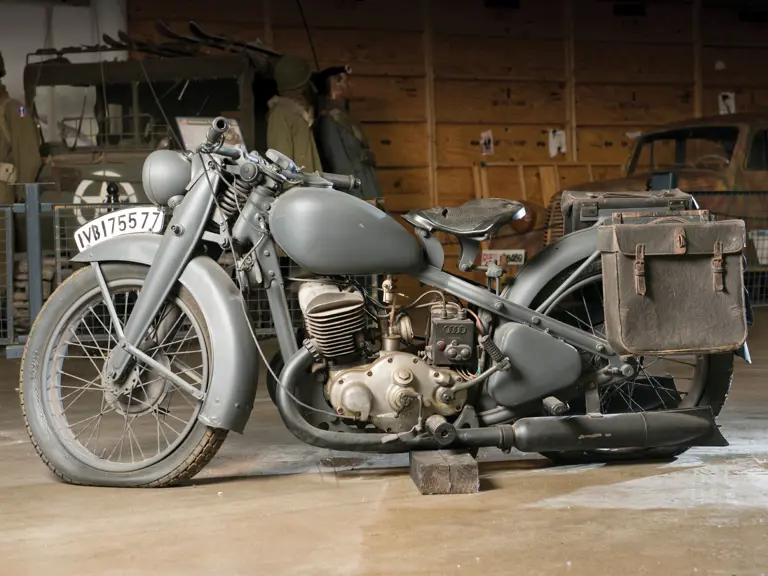
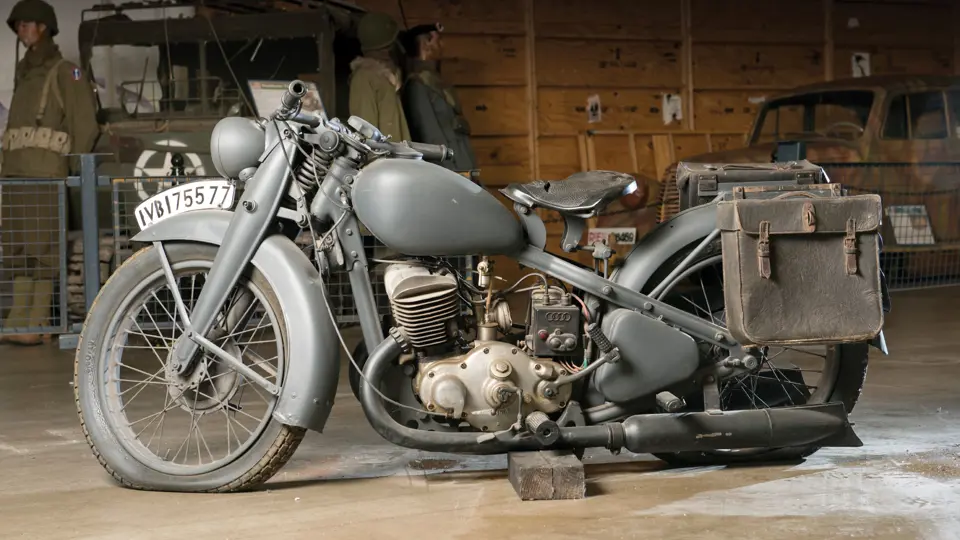
 | Auburn, Indiana
| Auburn, Indiana
